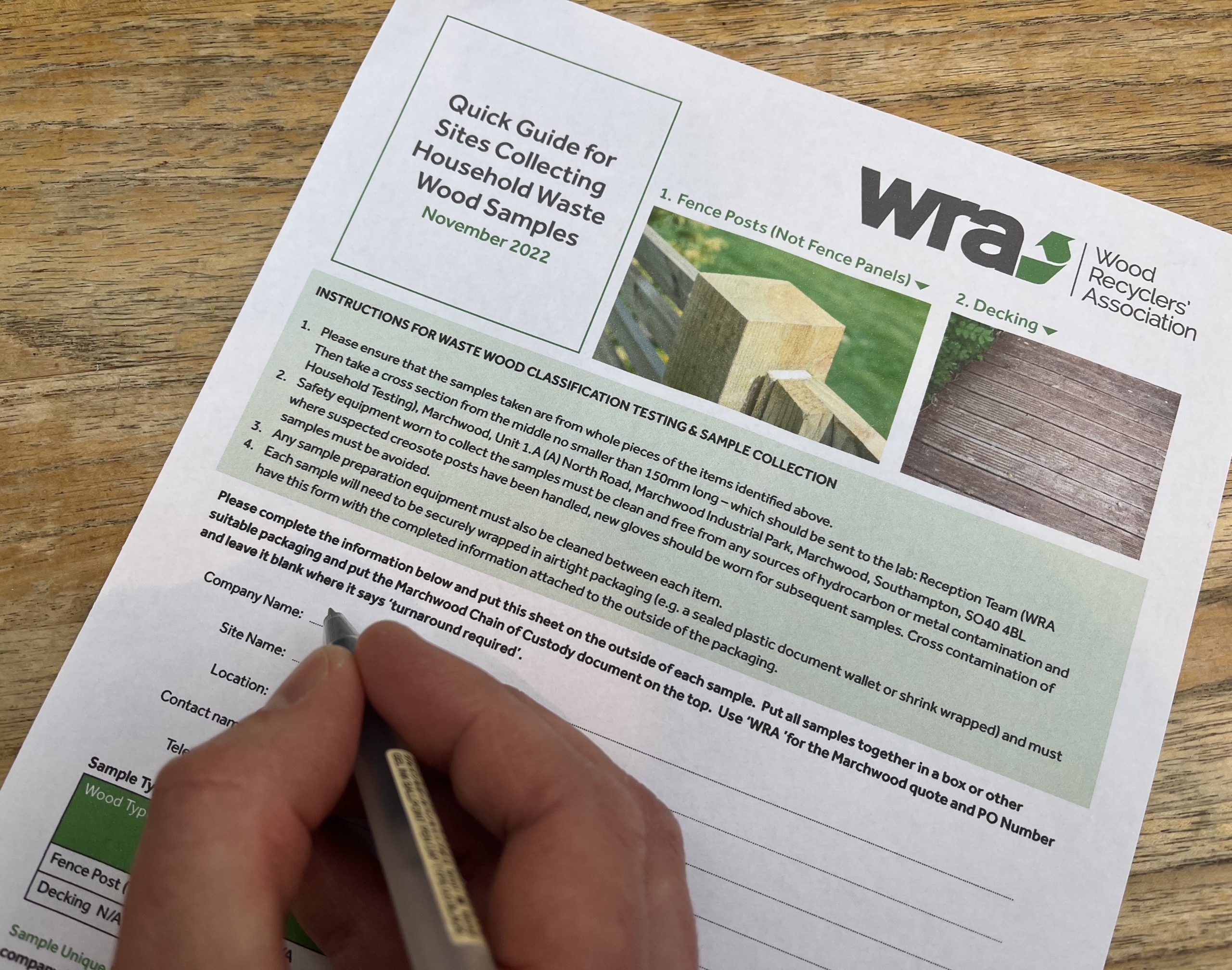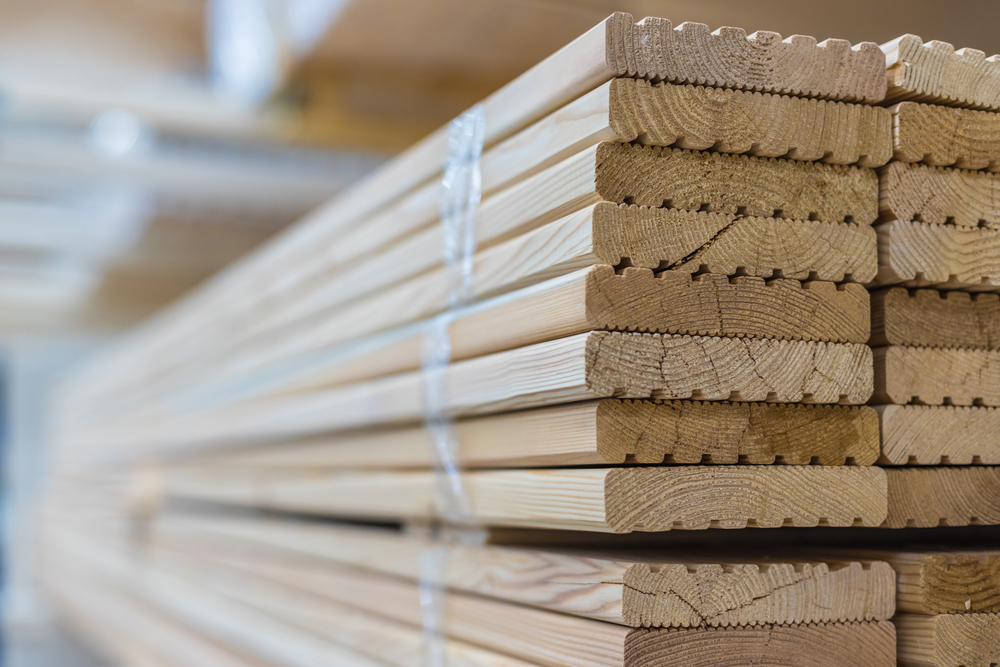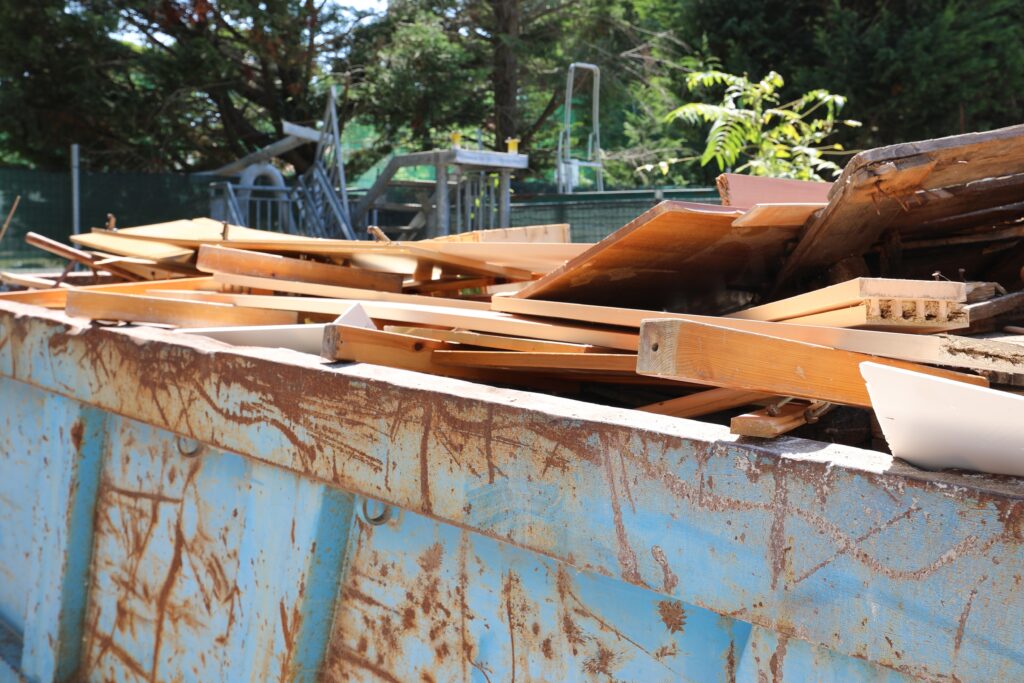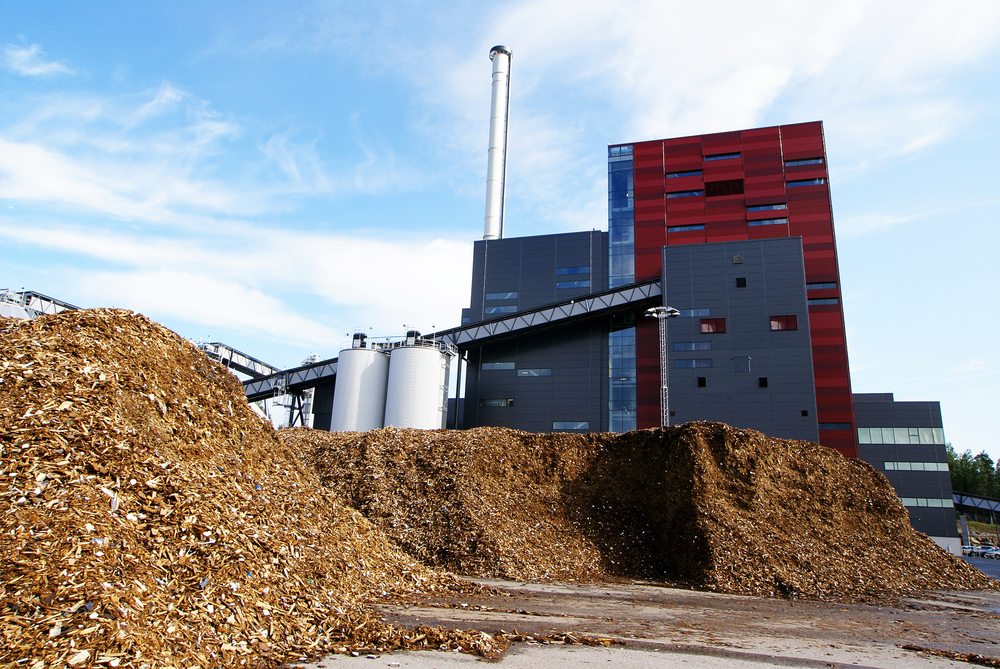The trade association, which represents 90% of the UK’s wood recyclers and reprocessors, hopes this second phase will confirm that the amount of wood treated with hazardous substances in the household waste stream is “diminishing” and “soon likely to disappear altogether”.
The first phase, carried out at household waste recycling centres (HWRCs) in 2019 and 2020, showed the hazardous content of the household waste stream was “insignificant” (0.06%) and “likely not to exist at all” from 2023, the WRA says.
Vicki Hughes, WRA board member and technical lead, said: “We have already shown that the hazardous content of fence posts and decking is tiny and these tests are expected to confirm this and show that it is reducing and eventually will no longer be there.
“This is critical to ensure that waste wood that is treated but is not hazardous can continue to be sent for recycling and recovery.”
If the tests prove that potentially hazardous treatments are disappearing from circulation, then fence posts and decking from households would not be subject to hazardous waste controls when the current regulatory position statement (RPS) governing this material expires in March 2024, the WRA says (see letsrecycle.com story).
Members
Thirteen WRA member companies with around 40 sites across the UK will take part in the second round of testing, the trade association says, which will see operatives identifying fence posts and decking as part of their inbound protocols before taking samples. Following investigation, the WRA says, the Environment Agency deemed fence posts and decking the only potentially hazardous wood items in the household waste steam (see letsrecycle.com story).

Each participating site plans to collect at least eight samples during the next six months. The WRA hopes more than 300 samples will be submitted by the spring, when they will be sent to a laboratory for testing and analysis.
“We are excited to be working with our members on the next phase of testing under our waste wood classification project,” Ms Hughes said. “We have had excellent engagement from members across the UK and have also met with all the UK regulators.”
The WRA says it is funding the tests and has developed a guide for operatives to help them identify target material, take samples and submit them for testing. This can be found below.
Waste wood
The waste wood classification project aims to ensure waste wood is properly classified at its origin and is processed in the appropriate end markets.

The WRA launched the project in September 2017 after the European Commission asked the UK to examine why approximately 0.2% of its waste wood was classified as hazardous, while in Germany, for example, it was 15%.
As a result of the project, the WRA published two sets of waste wood assessment guidance in 2021: one for those working in the wood recycling sector and another for those in construction and demolition (C&D)
The trade association says it issued its guidance to help industry meet the requirements of RPS249, which governs potentially hazardous waste wood from households, and RPS250, which relates to wood from C&D activities.
Each RPS allows for potentially hazardous waste wood received at HWRCs to be moved as un-assessed, non-hazardous material if it is destined for Chapter IV compliant biomass or the manufacture of panel board.
Telegraph poles and railway sleepers, which have always been deemed hazardous, continue to require segregation and specialist disposal, the WRA says.
C&D
Tests on potentially hazardous waste wood from C&D activities remain ongoing alongside the testing of household material, the WRA says.
In addition to fence posts and decking, the WRA says, potentially hazardous material in this sector includes certain items from buildings built before 2007 such as tiling battens and external joinery.
Without testing, all this material must be treated as hazardous regardless of whether it is and will not be deemed suitable for recycling, the WRA says.
Ms Hughes added: “We’re now finding that larger companies are starting to engage as they see the benefit to their customers. By participating they can demonstrate full visibility and duty of care for waste wood and boost their environmental credentials.”
Related link
Quick Guide for Household Sample Collection









Subscribe for free